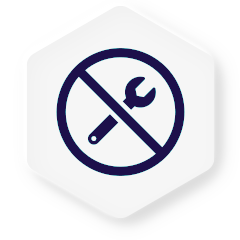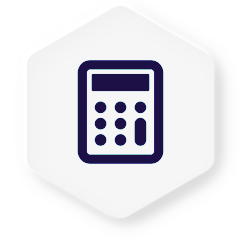You’ve found the perfect Wave SUP. Check!
You’ve squeezed yourself into your wetsuit. Check!
You’ve discovered the most amazing paddle boarding location. Check!


Step One: Adjust the Paddle
Simply open the latch (located near the paddle handle) and slide the paddle shaft to your desired length. To get the correct length, we recommend raising your arms and hands above your head and lining the paddle handle to your wrist. Don’t forget to close the hatch afterwards!
Step Two: Place your SUP in the Water
Carry your board to the water using the handle located in the middle of the SUP. If it’s super windy we recommend carrying your board towards the wind. Once you’re near the sea/ lake/ river / your chosen body of water, gently place the board on the ground. Make sure the nose of the board is facing the water and the fin is pointing to land. Securely attach the leash to your ankle, raise the tail at the level of the fin and push your board into the water until no part of the board (including the fin) touches the bottom.

Step Three: Tame the Board with Your Knees
If you're a beginner, we highly recommend starting your paddle session on your knees. (You’ll feel a lot more balanced and in control of the board.) Starting on your knees also gives you the perfect opportunity to practice your paddle action.
Step Four: Perfect your Paddling
The best way to paddle is by placing your top hand on the paddle handle and your bottom hand on the paddle shaft. Use your top arm to push and your lower arm to pull. Once you have your paddle position down, push the blade of the paddle under the surface and pull it back to your knees. The angle of the paddle should always face away from you. To paddle in a (reasonably) straight line, we recommend doing 4 /5 stokes on each side.
Top Tip: For an optimised stroke, place your paddle far ahead of the board and lift it as it reaches the level of your knee.

Step Five: Stand up! (You can do it!)
Once your SUP feels comfortable and stable, place your feet in the middle of the board, shoulder-width apart, and slowly stand up. (As tempting as it is, try to avoid getting yourself in a surf stance. This can make paddling in flat water pretty difficult.) Always keep a slight bend in your knees and make sure your core is centred over the board. When you’ve found your balance (don’t worry if this takes a couple of attempts), plunge your paddle into the water. Remember to reach forward and create big strokes! That’s it you’re doing it!
Top Tip: Only bend your body ever so slightly with each stroke. This will help keep your balance and prevent back injury.
Step Six: If you fall, get back up!
Falling off your SUP will happen and it’s no big deal. If you feel yourself falling, always try to avoid hitting your board. Check, double check and triple check that your leash is secure. We don't want you losing your board when you fall!
To get back on your SUP, simply position yourself in the middle of the board. Place your paddle perpendicular to the SUP and pull yourself up. Shake off the fall (plenty more are bound to happen) and start paddling.

Top Tip: Keep your head up! (We mean this both physically and metaphorically.) Often beginner paddle boarders find it difficult to look straight ahead, probably because you're worried about falling off. However, keeping your head up and looking out toward the horizon will help you keep your balance and achieve maximum stability.
In a metaphorical sense, don't get disheartened by falling off the board lots. Practice makes perfect and with when it comes to SUPS that's definitely the case!

























Leave a comment
This site is protected by reCAPTCHA and the Google Privacy Policy and Terms of Service apply.